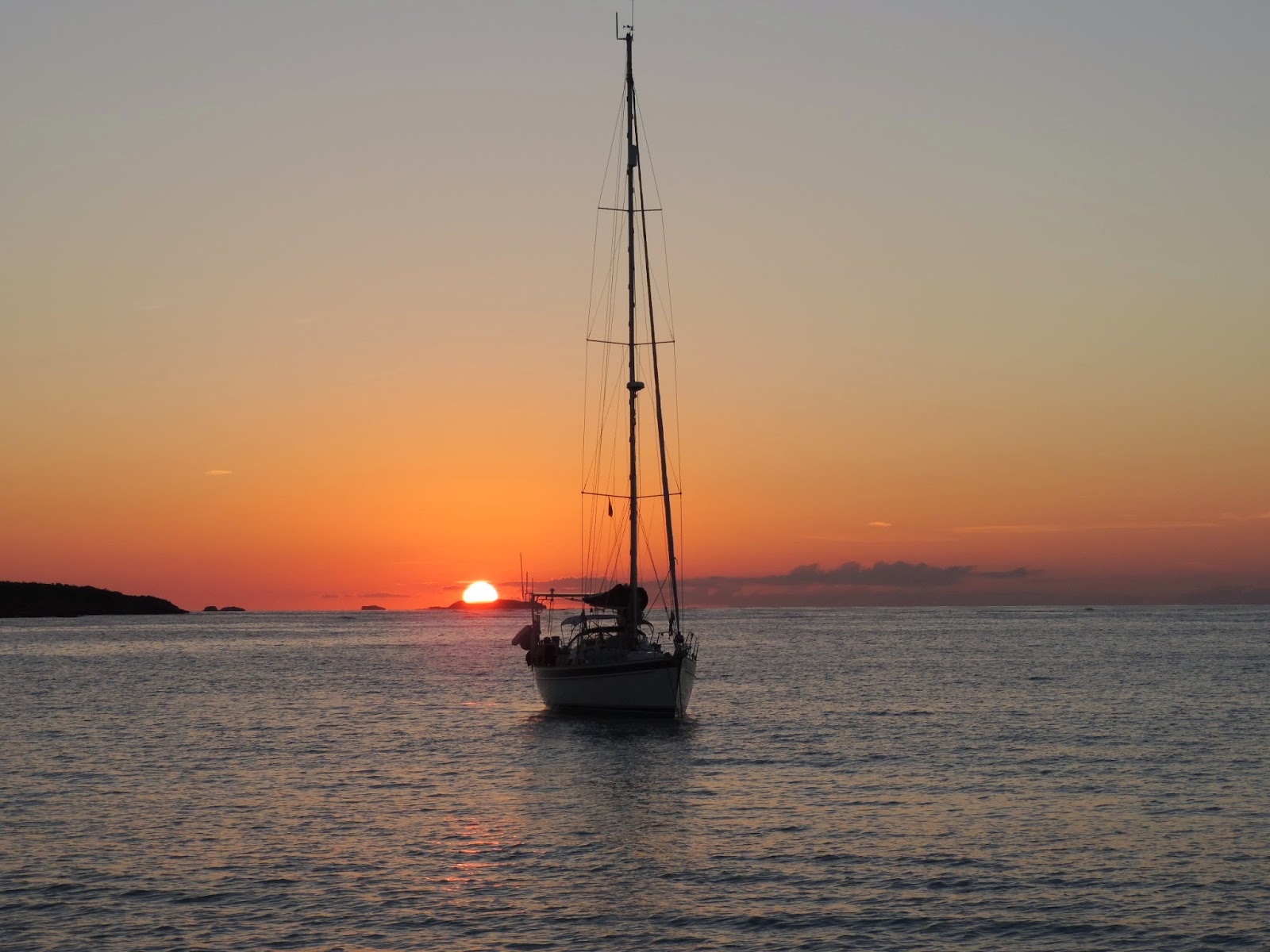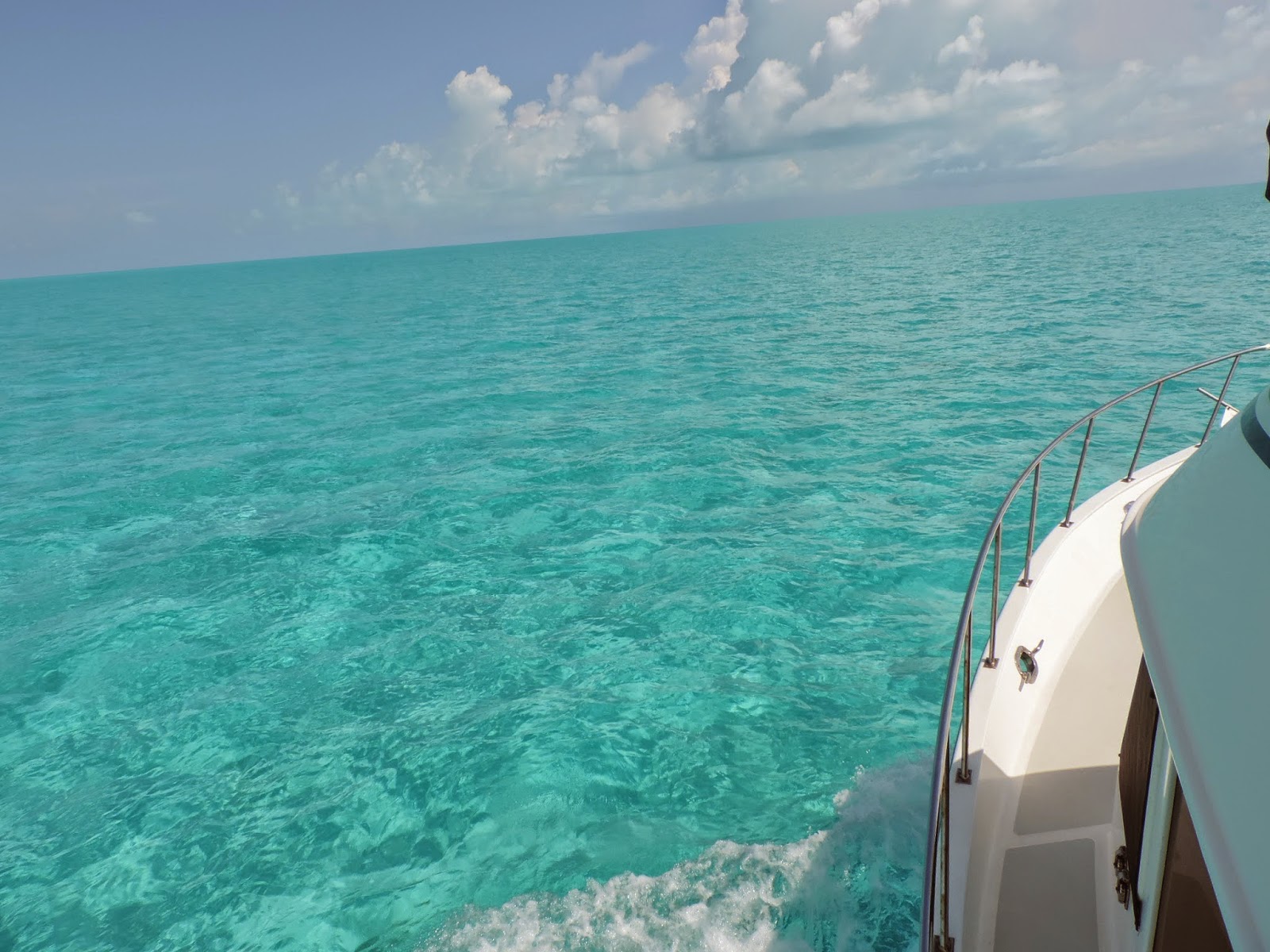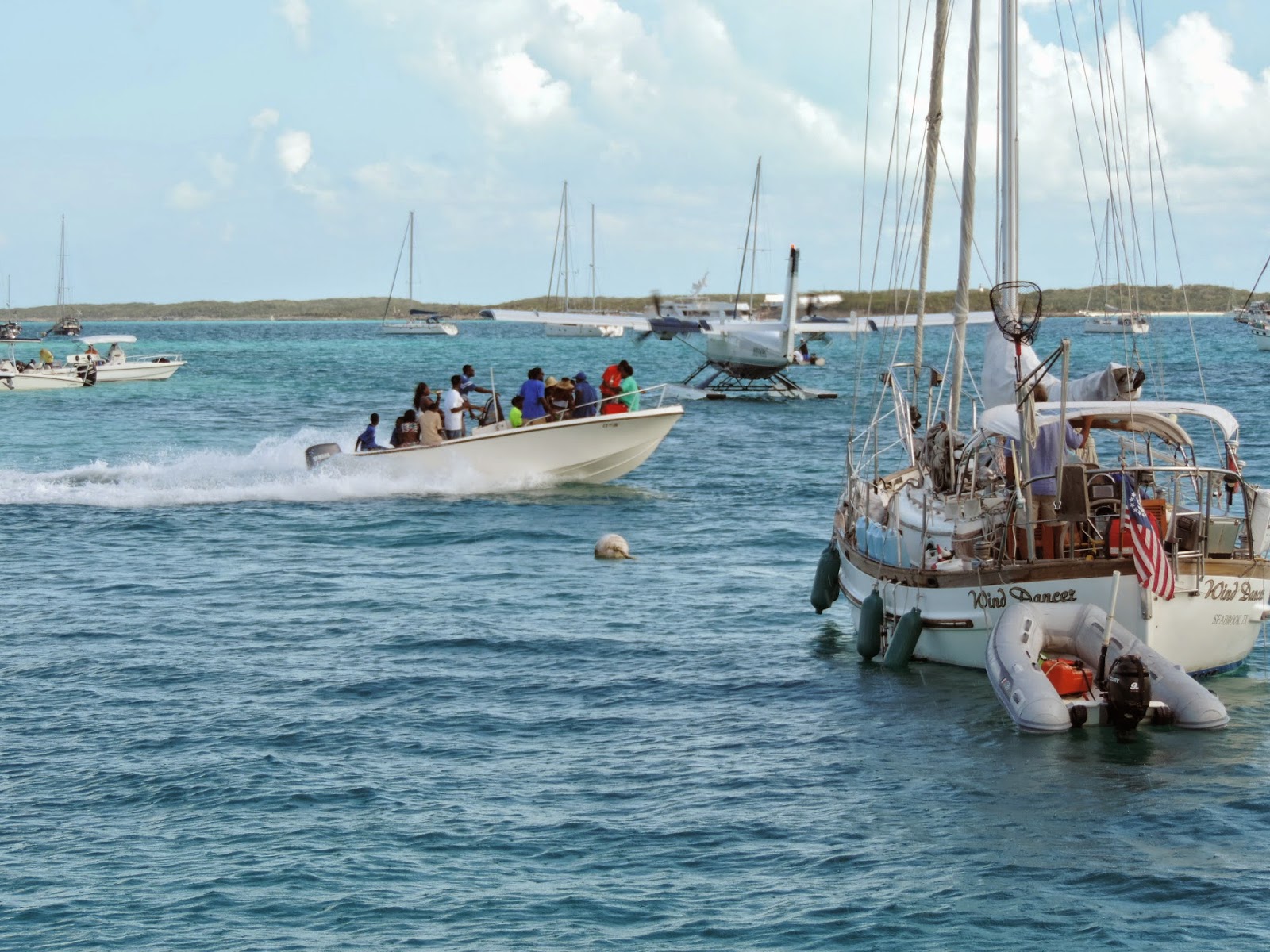Coconut Harvest Event
(March 2011)
March brings the mayhem of The Cruising Regatta to Elizabeth Harbour and Stocking Island in
the Exumas. After many of the 500 or so cruising
boats anchored in Elizabeth Harbour disperse to other parts of the Bahamas, it
is time for The Family Islands Regatta. Proceeds raised from The Cruising Regatta helps George Town put on The Family Islands Regatta each April.
After the abolishment of slavery, many of the then failing
plantations were deeded to the freed slaves who often took the surnames of their
previous owners. These “families” took
on administering their own islands. “The
Local Government Act” of 1996 formalized the process. Today there are 38 districts or Family Island Administrations.
For the Bahamas, The
Family Islands Regatta is the World Series,
Super Bowl, and World Cup all rolled into one.
It began in the 1950’s as powered boats were replacing the Bahamian
working sail craft and many wanted to save the traditional boats. In 1954 nearly 70 Bahamian sloops, schooners
and dinghies gathered in Elizabeth Harbour for sailing and “related”
activities.
The early contestant’s boats were working vessels, but as
rivalries and prize money increased newer boats designed solely for racing began
to appear. Today, Bahamian sloop racing
rules are clear. The boats must be
designed, built, owned, skippered, and primarily crewed by Bahamians. The length (LOA) must not be more than 28’3”,
sails must be canvass, the hull made of wood, and the single wooden mast must
not be bent. No bowsprits, spreaders,
winches, or any sort of a wind instrument including tell-tales are allowed.
Because these boats were initially designed as working boats
for the shallow Bahamian waters, they do not have the deep keels or ballast. Instead they rely on prys, wooden planks that crew members extend out on the windward
side and then climb onto. Tacking can be
a real challenge on the triangular race course and sometimes crew members are
lost overboard. However, any boat that
does not stop for a MOB is disqualified.
Picture ceremony on one
of the wining boats, Tida Wave
Cruising friends advised us that the music from the
Government Dock lasted until 4:00 AM on the Friday night before the end of the
regatta. Celebrations were much more
subdued on the last night of regatta.
Chat n’ Chill was hopping, but that is normal.
Then on Sunday the regatta was over and everyone headed home
to prepare for next year.









































.jpg)








